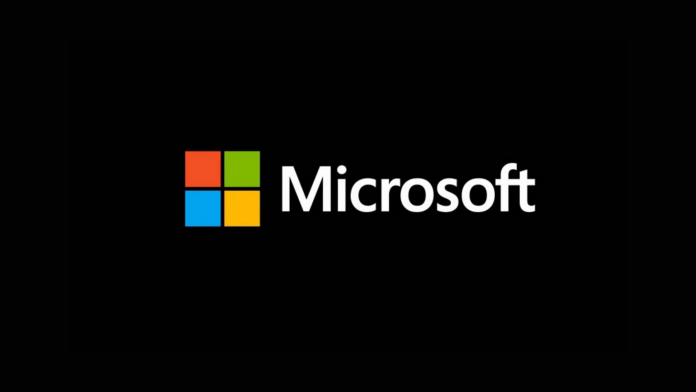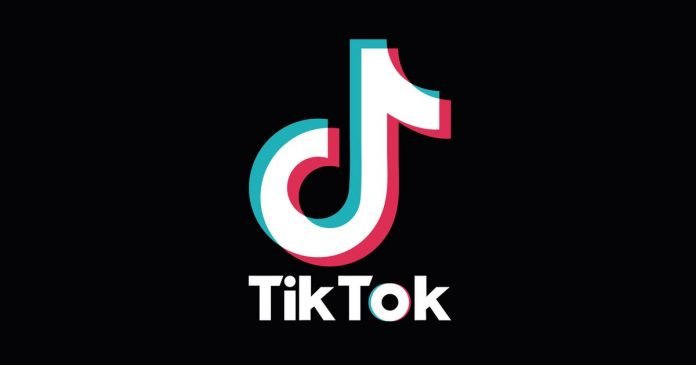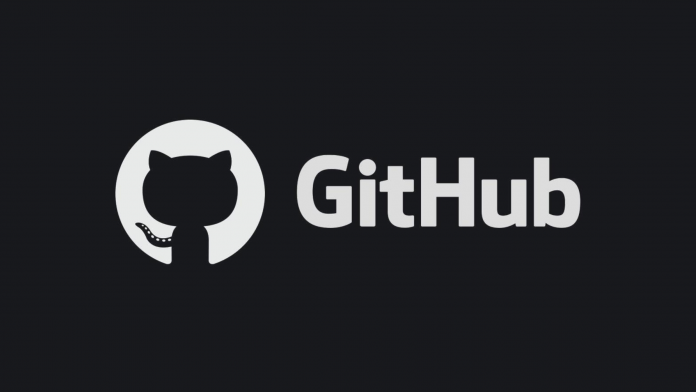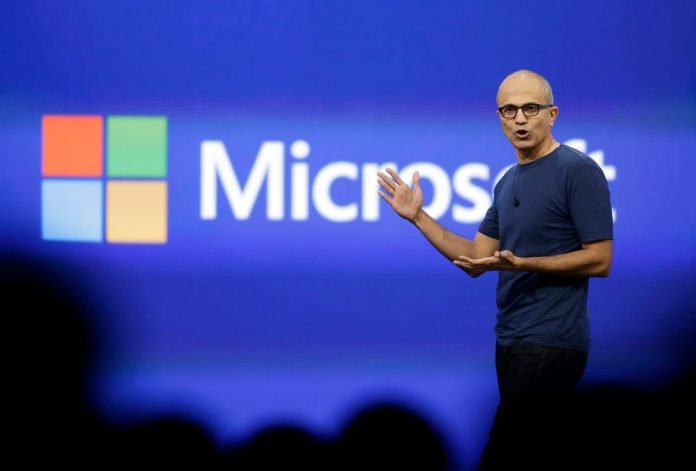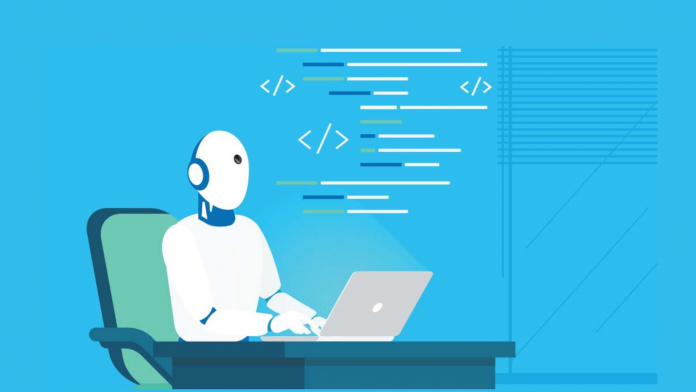Aspirants often think data science skills like programming and fundamental analysis techniques are enough to land data science jobs. Although these skills are essential, it does not guarantee you job offers as every other applicant is equipped with similar skills. You cannot become a data scientist by just learning a programming language and some lucrative machine learning libraries. The key to getting a data science job is to differentiate yourself from the rest. Consequently, you need more than just programming languages to increase your chances of getting a job in a highly competitive market.
We list down data science skills that will set you apart from other freshers applying for entry-level data science jobs.
Programming Language
It is a no-brainer to discuss Python vs R, as data science is not only about the tools. You can use any tool as long as you can get the desired output. Learn a programming language of your choice and start analyzing data by getting familiar with popular libraries. A data scientist is a problem solver, not only a python programmer,” says Chiranjiv Roy, chief of data science & AI products of Access2Justice Technologies.
Data Analysis and Machine Learning
Learn data analysis and machine learning processes from any free or paid course to strengthen your basics. You cannot learn everything in machine learning at once, but go one full stretch to understand the concepts. Eventually, you can come back and learn in-depth in any subdomain of machine learning such as computer vision or NLP or others. Trying to learn everything in data science can make you a jack of all trades and master of none, which will not help you during interviews.
Inferential Statistics and Mathematics
Statistics and mathematics are the foundation of data science. Even if you do not know programming skills, you can still analyze data with no-code platforms. However, beginners mostly focus on programming languages, ignoring the foundation of data science–statistics and mathematics. This does not mean that you should ignore programming languages. But, at the same time, you should have in-depth knowledge of statistics and mathematics.
Aspirants, to move fast in data science, mostly due to online courses that focus on teaching too many things at once, skim over statistics and mathematics. They rely on importing statistical modules from libraries and carry out analyses. Such practices fail them during interviews because they struggle to explain the statistical procedures behind the code implementation.
Moving too fast in data science is not the way forward. It takes years to become a data scientist. You should ensure you have obtained a strong foundation before you move on to other concepts in data science.
Data Intuition
Learning numerous data science techniques will not make you a data scientist if you do not know how to apply those. You have to contextualize while working with data to implement the best approach to solve problems. Often data intuition is overlooked by beginners because they believe that it is only vital while handling large data. Although it is an essential skill while managing a colossal amount of information, the ability to make out the most from less data is equally important. Given a data (small or big), you should be able to quickly think of approaches that can be best suited to bring business value.
Storytelling
Storytelling is one of the most important data science skills. While working in organizations, you will have to work with decision-makers, who mostly will be unaware of data science terms. But, if you try to communicate with them using data science jargons, decision-makers might not assimilate your data science approaches. If you fail to communicate with business leaders about your analysis in straightforward or simple terms, your machine learning models might never go into production. Such instances will not only negatively afflict the organizations but also your reputation as data scientists.
Storytelling is not only for internal communication. In organizations, you will have to talk to clients who might not be aware of data science terms. To ensure they understand your models and results, you need to communicate in a way that is easy to understand by all.
- How To Land A Data Science Internship?
- TikTok’s Deal With Oracle Is The Death Of Tech Innovation
- Microsoft Gets Exclusive License Of GPT-3
Proficiency In Working With Unstructured Data
While learning from data science courses, learners often get tabular or structured data for their projects. In organizations, however, you are not always provided with prepared data. You need to gather unstructured data from various sources. As per a report, 80 to 90 percent of data in organizations is unstructured. Over the years, organizations were focusing on tabular data, but now businesses have realized the essence of unstructured data. Therefore, being proficient in handling unstructured data can differentiate you from other applicants and help you land a data science job.
Software Development Understanding
Usually, beginners fall for deep learning techniques to create appealing projects or use cases. In reality, deep learning is not crucial for most organizations. Making a product out of deep learning models requires huge computation power, which is not always feasible to develop, although it might give the best results.
Most of the business problems can be solved with simple supervised machine learning models. You must try to avoid using fancy deep learning techniques until necessary. This will help software developers to productize their machine learning models. Therefore, never try to bring in deep learning models to demonstrate your data science skills in interviews when the simple machine learning models can, more or less, deliver the same results. Remember, a Jupyter Notebook model running on the cloud will not derive tangible benefits expected to “Solve the problem” hence application development is the key for a data scientist as everyone loves to see an application to play with,” said Chiranjiv.





